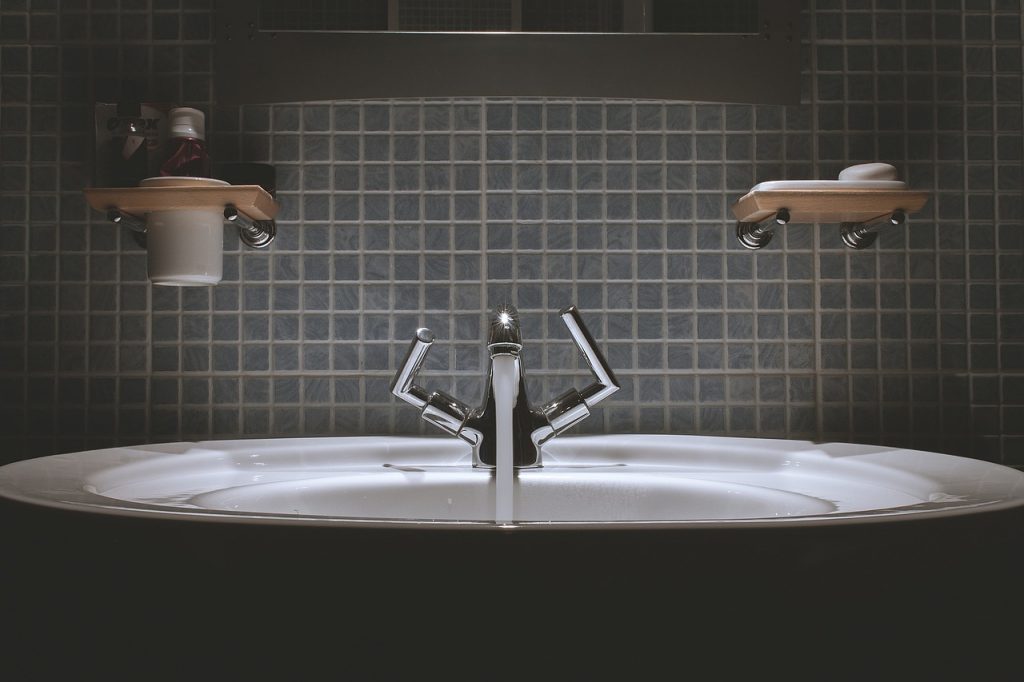
Being green and water conscious has definitely become the norm in society. Whether it is tips on when to water lawns, or how to reduce basic usage during the day, a quick google can result in numerous tips on how to limit and be more effective in water consumption. Some tips are easy, some take changing habits, some don’t always seem realistic.
Here are some ways to reduce water consumption with out having to change your habits.
1 – Low water consuming fixtures:
If you’re looking at upgrading fixtures, completing a renovation or getting a new water consuming appliance, look for options that will use less water while operating.
Replace toilets with either low consumption single flush options or dual flush solutions. While the occasional use may require more than a single flush, having a toilet that consumes less water per flush will save significant amounts of water, as up to 25% of water consumption in a home can be from the toilet.
Your showerhead, kitchen and bathroom faucets can all be replaced with low flow or eco-performance ones. This can be an easy change by just replacing the aerator in the faucet or the shower head, or be done by replacing the entire faucet.
Your dishwasher and washing machine are most efficient when operating with full loads, but the new units are also known to consume less water through out the whole cycle. Dishwashers are also being built with stronger cleaning abilities, which reduces the need for pre-rinsing. High-efficient appliances usually mean less detergent is required for the cleaning process.
2 – Repair Leaks:
Leaks can be in pipes, toilets, faucets, or from any water using fixture.Up to 14% of water consumption is from leaks and dripping faucets.
Check toilet seals. A running toilet will consume water undetected by the home owner for a while. If you suspect your toilet has a leak, you can find out by placing food colouring in the tank – if your toilet bowl changes colour without a flush occurring, then there is a leak.
A dripping faucet can often be repaired by replacing a cartridge or seat.
Locating leaking pipes as soon as possible is ideal to reduce the amount of potential damage. Knowing where your shut off valves are help to isolate leaks, so additional damage and water waste can be prevented until you can repair. If you don’t have multiple shut off valves, it is a good idea to install them, so you don’t have to shut the water off to the entire house when repairing.
3 – Reduce wasted hot water:
Often times there is a wait for hot water to arrive at the tap when it is turned on. By adding insulation to hot water lines, the water that has exited your water heater and is sitting in your pipes has less of an opportunity to cool before you use it. This will also help save energy to heat the water, as you won’t be drawing as much from the water heater.
Another hot water solution is to install a circ pump loop between fixtures/bathrooms that are located on the opposite side of the house from the water heater. This sends the water sitting in the pipes back to the water heater and pulling hot water to the tap before any water is used.
4 – Water Softeners:
Upgrading a water softener to a metered unit compared to a timed option will reduce the amount of times the unit regenerates, reducing consumed water. Installing a softener will also reduce build up in pipes, prolong the life of fixtures and appliances and reduce the amount of detergent, soap and shampoo needed.
5 – Utilize Rain Water:
This one does include changing some habits, but by investing in a rain water barrel allows to store rain water for future use on plants or lawns.
